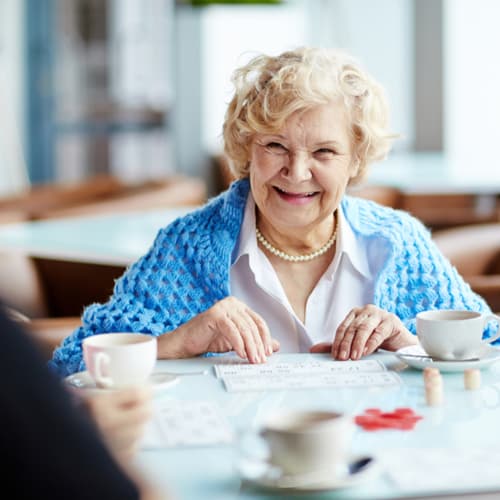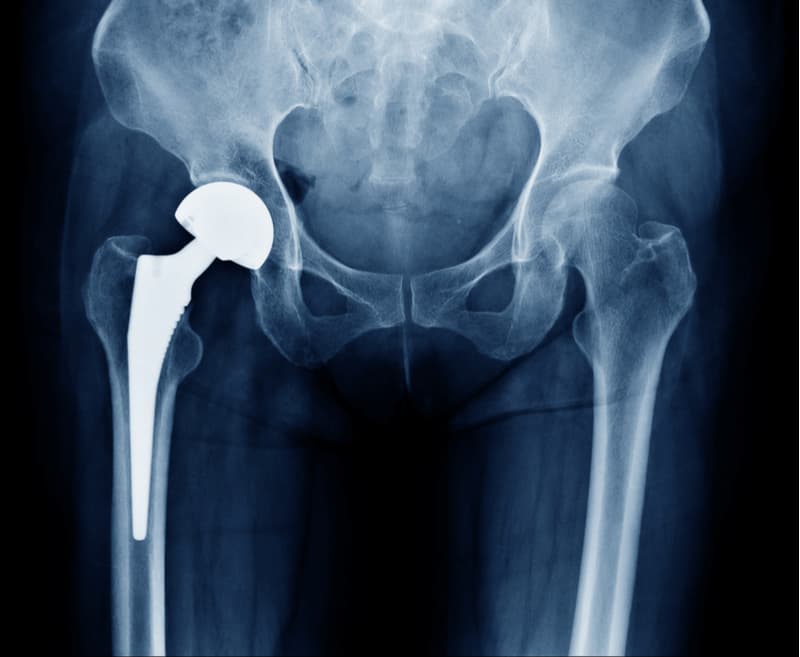‘I have been advised by my GP that the knee pain my 14-year-old son is having is something called Osgood Schlatters disease and that it can be helped with physiotherapy and rest. What exactly is this and what is the best way to manage it?’
Anne Marie Pier, Horder Healthcare Chartered Physiotherapist, answers the question:
What is Osgood Schlatters Disease?
This is not truly a ‘disease’ and is not as serious as it sounds. It is characterised by activity-related pain just below the kneecap (patella) at the top of the shin bone. It was named after Dr Osgood an American orthopaedic surgeon and Carl B. Schlatter, a Swiss surgeon who described the condition independently in 1903.
It can often be dismissed as ‘growing pains’, and although will usually settle down once adolescents stop growing, if left untreated up to 60 per cent will have discomfort in the knee area as adults.
It occurs most commonly with strenuous, high impact activities, sports like running, dance, netball, football, gymnastics etc. It can be triggered by a trauma or a rapid growth spurt and is caused by the pull of the strong thigh and calf muscles on the tendons that attach them to the bone. The bones often grow much quicker than the surrounding soft tissue and the muscles get left behind, causing increased tension at the tendon.
How does it affect girls and boys?
Girls are usually affected aged 8-13 and boys affected aged 10-15, coinciding with the periods of rapid growth. There is a genetic element, and often close relatives of affected children will have a prominent bony lump at the front of the knee, where the body has tried to heal itself by laying down extra bone.
Treating Osgood Schlatters Disease
Treatment is mainly focused around managing the acute pain and activity modification. If the child is only experiencing mild discomfort they may be able to continue close to their current level of activity with short periods of rest. Otherwise, the activity should be modified to an acceptable level, which can vary from person to person.
Exercise can be adjusted by thinking about the duration, intensity or the frequency. The type of exercise can be changed for those that require less running and jumping. Pain can be managed by applying ice to the painful area for 10-15 minutes after activity and over-the-counter anti-inflammatory medication.
Physiotherapy input may be beneficial if recovery is slow or for advice on how to proceed with exercise and activities, particularly with regards to particular stretching and strengthening exercises for the thigh muscles.
What makes Horder Healthcare unique
Horder Healthcare is committed to providing the very best quality of care for our patients and customers. We are continuously working on improving and reducing risks and this is reflected in our consistently high CQC results, patient satisfaction questionnaires and minimal levels of infection.
We are a charity
We reinvest our profit to benefit more people and help us achieve our aim of advancing health.






